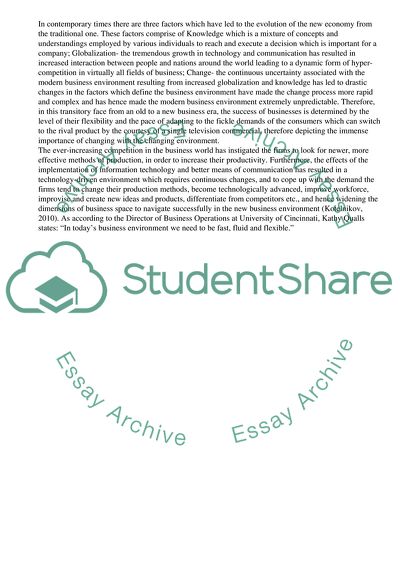Cite this document
(Employee Related Issues Following a Merger Coursework, n.d.)
Employee Related Issues Following a Merger Coursework. Retrieved from https://studentshare.org/business/1739263-in-modern-businee
Employee Related Issues Following a Merger Coursework. Retrieved from https://studentshare.org/business/1739263-in-modern-businee
(Employee Related Issues Following a Merger Coursework)
Employee Related Issues Following a Merger Coursework. https://studentshare.org/business/1739263-in-modern-businee.
Employee Related Issues Following a Merger Coursework. https://studentshare.org/business/1739263-in-modern-businee.
“Employee Related Issues Following a Merger Coursework”, n.d. https://studentshare.org/business/1739263-in-modern-businee.


